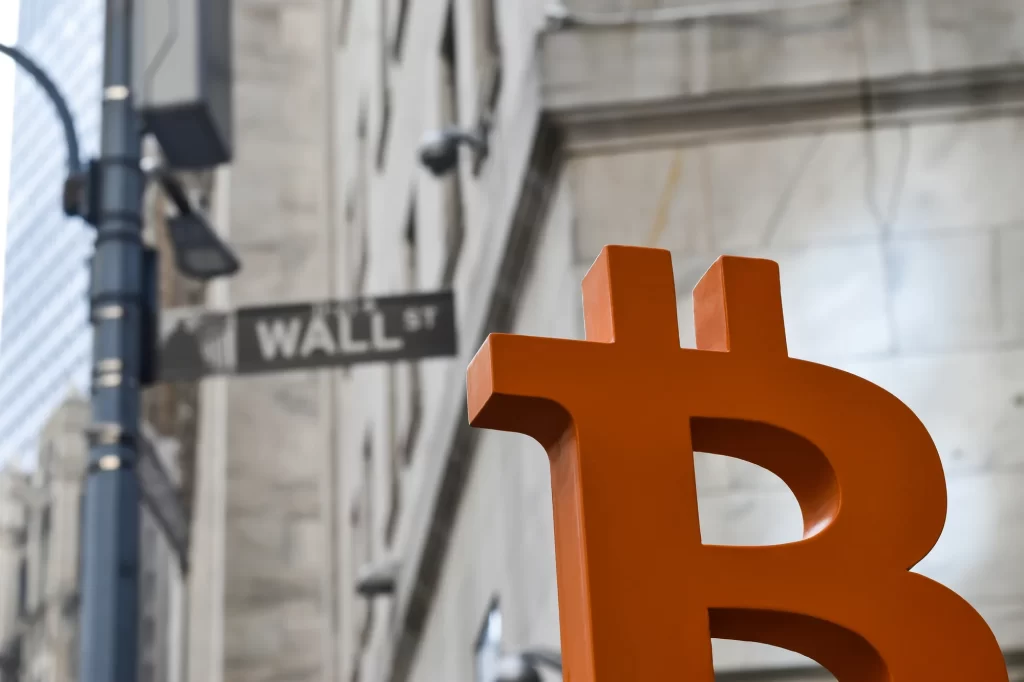
After nearly doubling in price to $32,000 by midyear, Bitcoin could be losing momentum. Is now the time to buy?
In the first half of 2023, the surprising turnaround for Bitcoin (BTC 0.21%) was the talk of the crypto industry. Bitcoin skyrocketed right out of the gate, and by mid-July, had nearly doubled in price to $32,000. However, since then, Bitcoin’s fortunes have cooled considerably. Bitcoin is trading around $28,000 as of this writing, a nearly 15% haircut from its intra-year high.
So is now the time to buy the dip on Bitcoin? After all, according to the Bitcoin bulls, the world’s most popular cryptocurrency is simply taking a breather before once again marching higher. Are they right or wrong?
Changing investor perceptions
If you are a long-term crypto investor, the good news is that the long-term outlook for Bitcoin remains largely unchanged. Bitcoin adoption rates worldwide continue to grow, Bitcoin still accounts for nearly 50% of the market cap of the entire crypto industry, and Bitcoin is still the crypto of choice for institutional and retail investors.
The bad news, though, is that investor perceptions about Bitcoin have changed. For institutional investors, the macroeconomic outlook for the U.S. economy has been front and center, and with so much uncertainty surrounding monetary policy and the future path of interest rates, it’s perhaps only natural that Bitcoin has stalled out around the $30,000 level. The conventional wisdom on Wall Street is that risk assets (such as cryptocurrencies) do not perform well in high-interest-rate environments, so the Federal Reserve has emerged as a crucial factor in how investors view Bitcoin.
At one time, Bitcoin was largely uncorrelated with broader U.S. financial markets, and investors viewed Bitcoin as providing similar hedging benefits as gold. But that viewpoint has been steadily changing. Based on changing correlations between different asset classes, it now appears that Bitcoin is trading much more like a big tech stock. The important point here is that Bitcoin’s correlation with other asset classes changes over time, and that influences how investors view Bitcoin.
Institutional money and Bitcoin
If there’s one factor that can decisively move Bitcoin higher in the near and medium terms, it’s the flow of new institutional money into Bitcoin. At one time, institutional investors wouldn’t touch Bitcoin with a 10-foot pole. But, oh, how times have changed. The first big break came in August 2022, when BlackRock entered into a partnership with cryptocurrency exchange Coinbase Global to enable institutional access to crypto assets.
Since then, the floodgates have opened. One development that has captured the attention of investors this year is the upcoming introduction of the first-ever spot Bitcoin ETF for the U.S. market. The process started this summer, when BlackRock announced plans for a spot Bitcoin ETF. After that, other high-profile institutional investors — including Cathie Wood of Ark Invest — jumped in with spot Bitcoin ETF applications of their own. Once one of these applications is approved, it could lead to a huge new inflow of institutional money into Bitcoin.
Bitcoin halving
In April, Bitcoin will experience another “halving” event, in which the reward paid out to cryptocurrency miners for mining a new block of Bitcoin is cut by one-half. In three previous halving cycles (2012, 2016, and 2020), the price of Bitcoin has soared, and many Bitcoin analysts are expecting the same to happen in 2024. While past performance is no guarantee of future performance, it certainly hints at Bitcoin’s long-term price potential.
Standard Chartered Bank, for example, is predicting a price of $100,000 for Bitcoin by the end of 2024. And Pantera Capital, a crypto hedge fund, has set a price target of $149,000 for Bitcoin.
The theory is that the halving, by reducing the rate at which new Bitcoins are created in the future, will introduce a scarcity effect. As long as demand remains constant or increases, the price of Bitcoin should increase.
Dollar-cost averaging into Bitcoin
Based on the above, I’m bullish on Bitcoin’s future prospects. From my perspective, the only thing that has changed is investor perceptions about Bitcoin. As a result, now could be the perfect time to start dollar-cost averaging into Bitcoin. By buying the same amount of Bitcoin at regular intervals (e.g., once per month), you would limit (but not eliminate) downside risk while also getting access to Bitcoin’s enormous upside potential.
If you are expecting Bitcoin to regain its momentum heading into 2024, then dollar-cost averaging could be an effective strategy to accumulate Bitcoin.
























